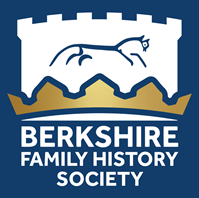Reading Branch meeting 25th April 2019
Speaker: Gill Thomas
Gill started by outlining the differences one might find when tracing Welsh ancestors. These are language, culture and geography. Parish records are affected by non-conformity, and migration. There are resources online to help.
English language has been used since 1733, prior to that you may encounter Latin. There were many Welsh Chapels of differing sects such as Baptists, Strict Baptists, and Particular Baptist. People were married in a Church and required a baptism certificate if they were to be buried in a churchyard. Worship was conducted in Welsh. Other non-conformists include Congregationalists, Presbyterians, Methodists, Quakers and Unitarians. A synagogue for Jewish worship was established in Goat Street, Swansea c1750. The Catholic faith was only missionary status prior to 1850.
Principalities Gwynedd, Powys, etc are different from present county boundaries. In the 1830’s Merthyr Tydfil was the largest town, by 1850 Swansea became the largest city and in 1955 Cardiff became the capital. In 1973 new county boundaries were established and it is recommended that researchers use Genuki for maps identifying old places and their county. Also useful is ‘Names online’ by John Bull.
Patronymic surnames were prevalent in Pembroke around 1650. Migration was common for the following reasons – 1700’s religion, 1800’s political and social, and, 1900’s economic.
Maps are available in the National Library of Wales and these include Tithe maps.
Gill concluded by issuing a handout sheet and recommending that we use Family History Society Volunteers, seeking burials in a different location if worship was in a Chapel, using Registers and, finally, to use at least three sources for each record.
